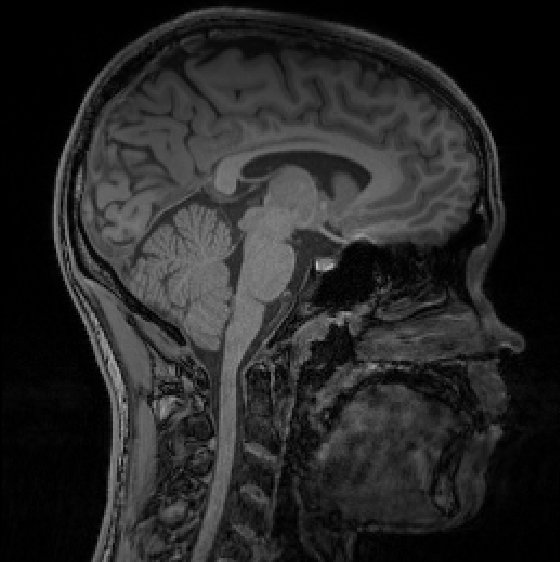Anomaly detection in image or latent space of patch-based auto-encoders for industrial image analysis
Published in GRETSI, 2023
We study several methods for detecting anomalies in color images, constructed on patch-based auto-encoders. Wecompare the performance of three types of methods based, first, on the error between the original image and its reconstruction,second, on the support estimation of the normal image distribution in the latent space, and third, on the error between the originalimage and a restored version of the reconstructed image. These methods are evaluated on the industrial image database MVTecADand compared to two competitive state-of-the-art methods.
Nicolas Pinon, Robin Trombetta, Carole Lartizien (2023). "Anomaly detection in image or latent space of patch-based auto-encoders for industrial image analysis" XXIXème Colloque Francophone de Traitement du Signal et des Images.
